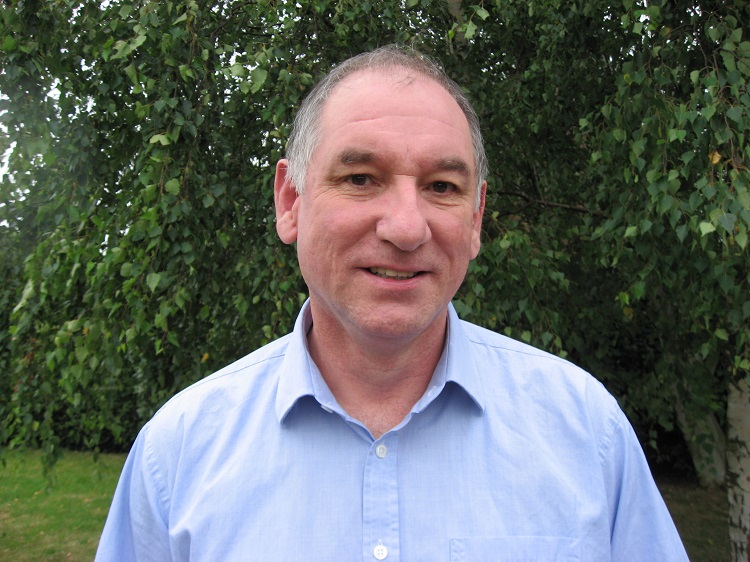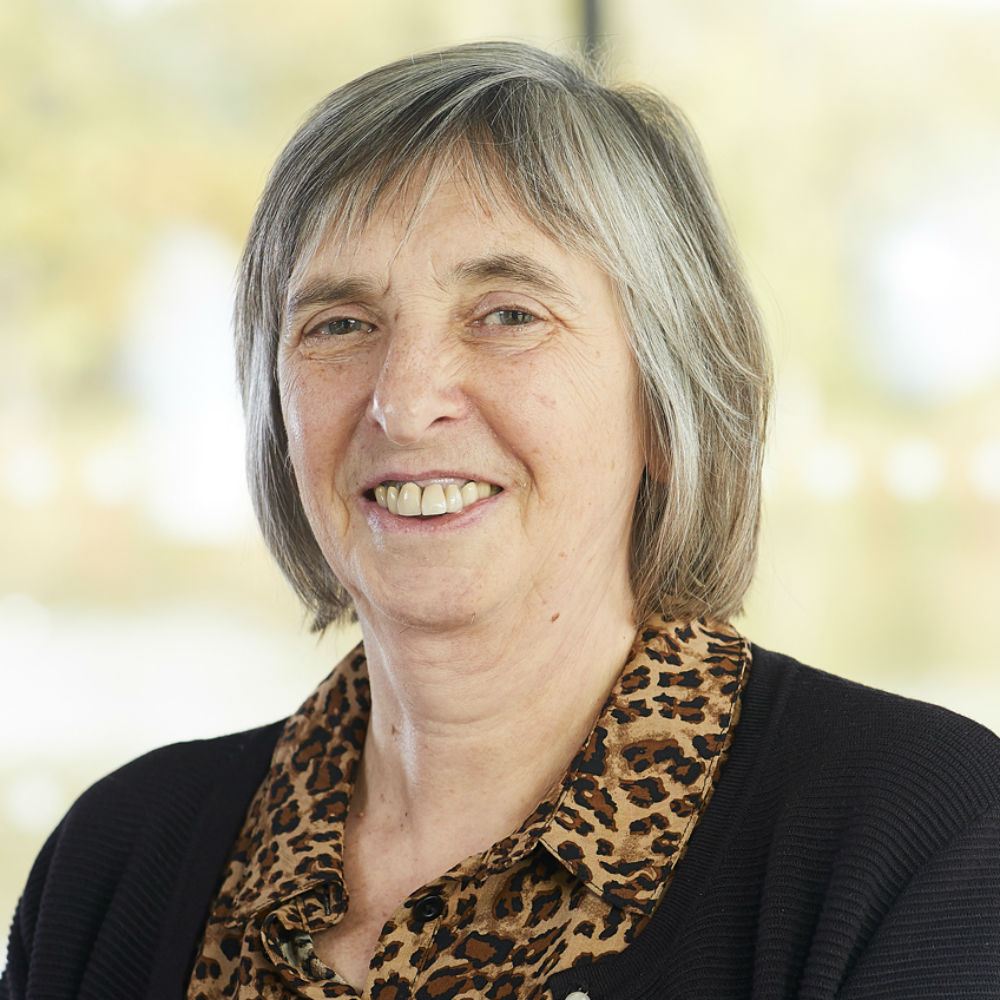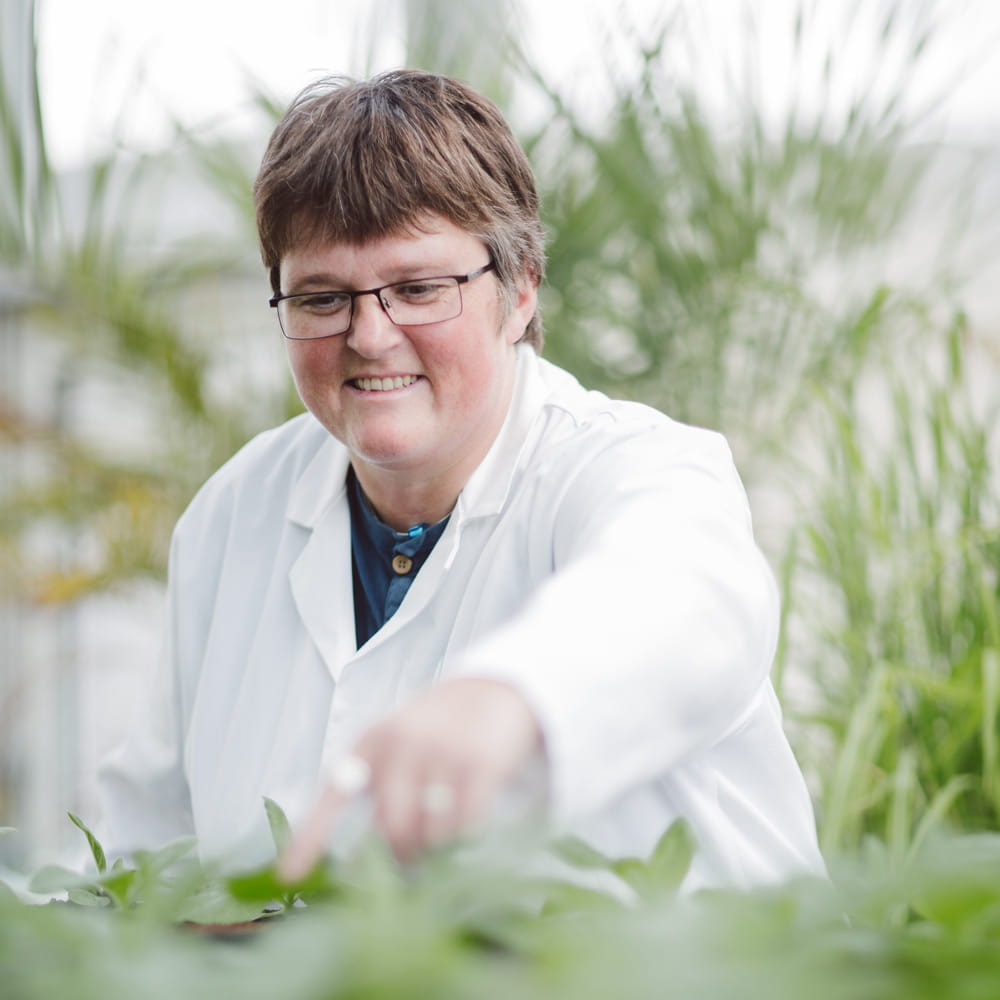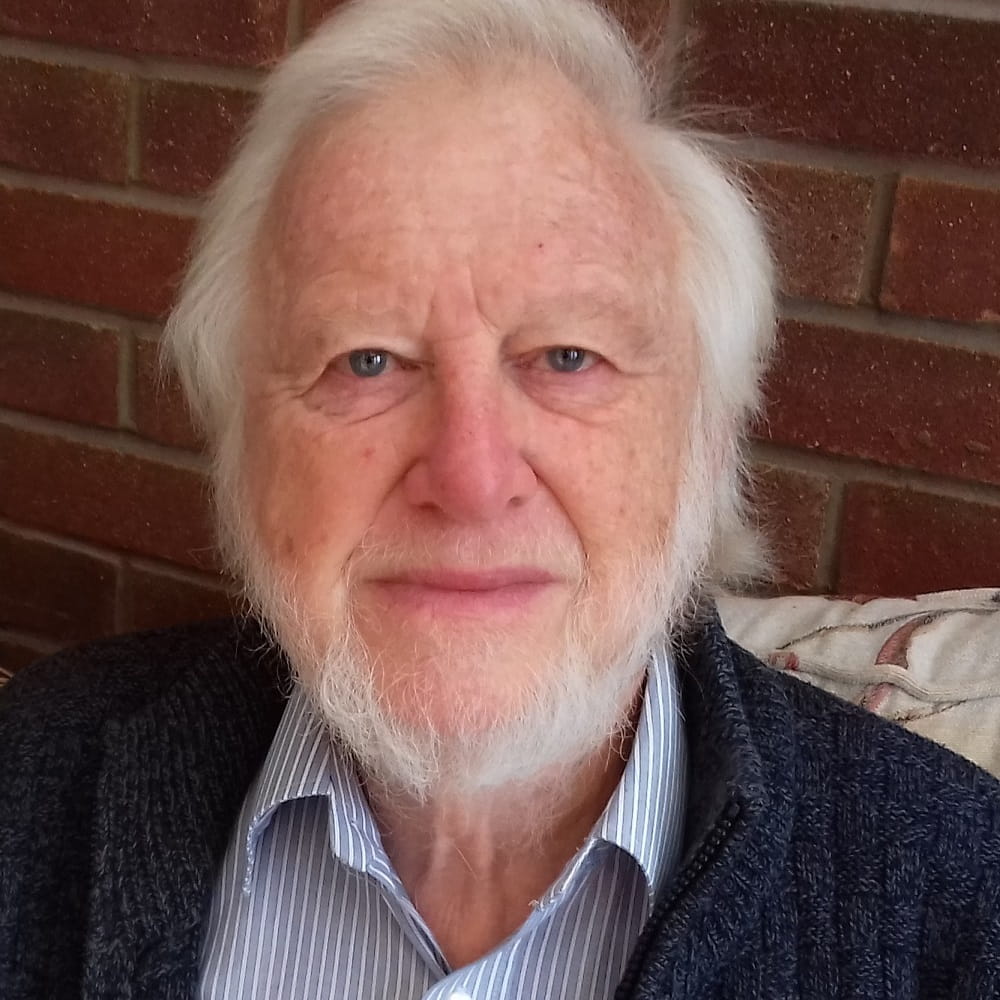Remembering Professor Neil Baker
Emeritus Professor Neil Baker was a plant physiologist extraordinaire, a promulgator and inventor for the implementation of chlorophyll fluorescence to understand photosynthesis.
Neil was born in 1949 in Liverpool and grew up as an ardent Liverpool football fan. He completed his undergraduate degree and his PhD, with Professor K Hardwick, at the University of Liverpool. Before joining the Essex faculty in 1976, Neil spent time as a postdoctoral researcher with Warren Butler at the University of California in San Diego, learning the photophysics of chlorophyll fluorescence. Upon arriving in the Department of Biological Sciences at Essex, Neil quickly struck up what would turn out to be a lifelong professional and personal relationship with Steve Long, another newly hired Lecturer who shared a deep interest in plant photosynthesis. Neil and Steve quickly understood that their key to success was to collaborate, bringing together Neil’s expertise in the light reactions of photosynthesis with Steve’s expertise in carbon fixation or the dark reactions of photosynthesis, each with a pathbreaking focus on planta measurements.

Both the Horse & Groom and the Flag in Wivenhoe must have profited from the hours they spent there after work discussing their next experiments and possibly also some football. Neil worked hard, with intensity, but always with a sense of fun and marked by his modesty over his remarkable achievements. Neil’s breakthrough development of the techniques and biophysical interpretation of pulse modulated fluorescence in the mid-1980s provided the basis for a new understanding about the dynamic trade-off between photosynthetic efficiency and photoprotection, ushering in the emergence of a new understanding of how photosynthesis was regulated in the dynamic environment of the real word.
It was this work, and the highly innovative partnership between Neil and Steve, that brought Don Ort to Essex in the late 1980s for a sabbatical initiating more lifelong friendships and collaborations. Also, in the late 1980s Bernard Genty joined the Baker lab as a postdoctoral fellow and together in another landmark achievement they developed the ability to measure photosynthetic electron transport in intact leaves and plants via chlorophyll fluorescence. This method is now used by thousands of people around the world, from global change researchers to genetic engineers and, more recently, in the observation of the pulse of global biomes from space. That this research has been cited more than 7500 times attests to the impact of this work. It also identified non-photochemical quenching, a term used universally today, which helps us understand what leaves do with the sunlight they capture but cannot use in photosynthesis. The ability to measure this, which Neil provided, has led to recognition of a major inefficiency in photosynthesis, and to bioengineering approaches to reduce this loss and deliver more productive crops.
In 1999 Tracy Lawson joined the Baker lab as a postdoctoral researcher to explore guard cells photosynthesis using a unique high resolution chlorophyll imaging system developed by Neil and Kevin Oxborough at Essex. Using this platform, they showed for the first time that guard cell photosynthetic efficiency was similar to that in the mesophyll and linked this to Calvin cycle activity. Neil and Kevin continued their collaboration and pioneered the first instrument capable of measuring photosynthetic efficiency and associated quenching parameters in multiple plants simultaneously. This led to the development of a spin out company called Technologica Ltd and provided the basis for the phenotyping platforms currently used around the world. Together Tracy and Neil used this instrument to combine chlorophyll fluorescence and a thermal imaging system to produce the first images of plant water use efficiency.
Neil’s imprint on photosynthesis research at Essex remains highly visible and he leaves a huge legacy in the area of plant physiology in what is now called the School of Life Sciences. His legacy continues today, demonstrated by Essex’s global reputation as a leader in Plant Science and photosynthesis. He was more than a scientific colleague and friend, but a peer mentor for so many of his colleagues around the world. He selflessly encouraged, promoted and advised a large number of PhD students, postdoctoral fellows and academic colleagues without which many would not be where they are today including current academics, such as Christine Raines who joined Essex as a lecturer in 1988, and Tracy Lawson who is indebted to Neil for his support in establishing her career.
In addition to his scientific excellence, Neil served several administrative roles, including five years (1996-2001) as Head of Department of Biological and Chemical Sciences and led with distinction. This was a very difficult period with multiple challenges. The Departments of Chemistry and Biology had recently fused and then the Chemistry section closed, leaving three, yearly, cohorts of chemistry students to be taught with a dwindling staff of chemists. Furthermore, the staff in the biology building, Tabor Building, had to move into the old Chemistry building entailing a large programme of refurbishment. Neil’s excellent management skills ensured that teaching and research continued to run smoothly during these complex changes. The new Department of Biological Sciences was formed and was subjected in rapid succession to external assessment of teaching and research. Quality assessment of teaching entailed three-day visits by an external panel who then awarded a score. The Biology section obtained 23/24 and the Sports Science section, then part of the Biology Department, 24/24. Neil was an excellent Head and left behind him a strong department that has grown and continues to flourish.
As a young man Neil was an excellent sportsman, he was a competitive cyclist engaging in elite road races, but his first love was football. Indeed, he had the opportunity to become a professional footballer but decided that he would, instead, go to university. Nevertheless, he continued to play football at a high amateur level into middle life when the injuries he had sustained during his footballing life made this impossible. At the end of his life Neil suffered badly from arthritis in his feet and knees, a consequence of his footballing career and this, together with other health issues, meant he could no longer do the things he loved, such as playing golf or walking his dogs, who often bore the names of Liverpool managers/players, Grateful Dead band members or spectroscopic terms.
Neil died on 25th January 2024. He will be missed by so many.
Neil is survived by his wife, Maxine, his children Zoe and Graeme and grandchildren Neve and James.
Steve Long, Don Ort, Christine Raines, Tracy Lawson and Mike Wilson.


